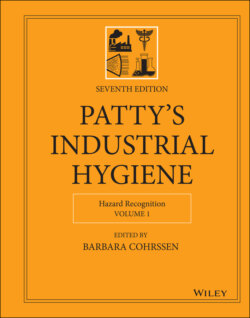Читать книгу Patty's Industrial Hygiene, Hazard Recognition - Группа авторов - Страница 88
7 PD ANALYSIS AND ASSESSMENT METHODS
ОглавлениеFor each situation, methods should be selected and applied that are suitable for the context and needs of the organization. ANSI Z590.3, Addendum G lists eight methods commonly used for hazard analysis and risk assessment which are
Preliminary Hazard Analysis (PHA)
What‐If Analysis
Checklist Analysis
What‐If/Checklist Analysis
Hazard and Operability Analysis (HAZOP)
Failure Mode and Effects Analysis (FMEA)
Fault Tree Analysis (FTA)
Management Oversight and Risk Tree (MORT)
In most cases, risks can be adequately assessed using PHA, What‐If/Checklist Analysis, and FMEA. Often times, modified and combined techniques are needed to adequately identify, assess, treat, and communicate risks to stakeholders. In pre‐operational stages, a design safety review approach is extremely valuable in anticipating, identifying, and avoiding or reducing risks before they are introduced into a system – the core of PtD. Table 3 provides listed methods from ISO 31010, ANSI Z590.3, and ANSI Z10.
OSH practitioners, for the most part, have not fully engaged in the pre‐operational stage. Reasons that OSH practitioners are not involved in the design process might include job descriptions and daily work demands, lack of notification or invitation to participate in design reviews, status within an organization, or lack of knowledge in the design process. OSH professionals must overcome these barriers and engage in the avoidance and elimination of hazards in new designs in their organizations.
